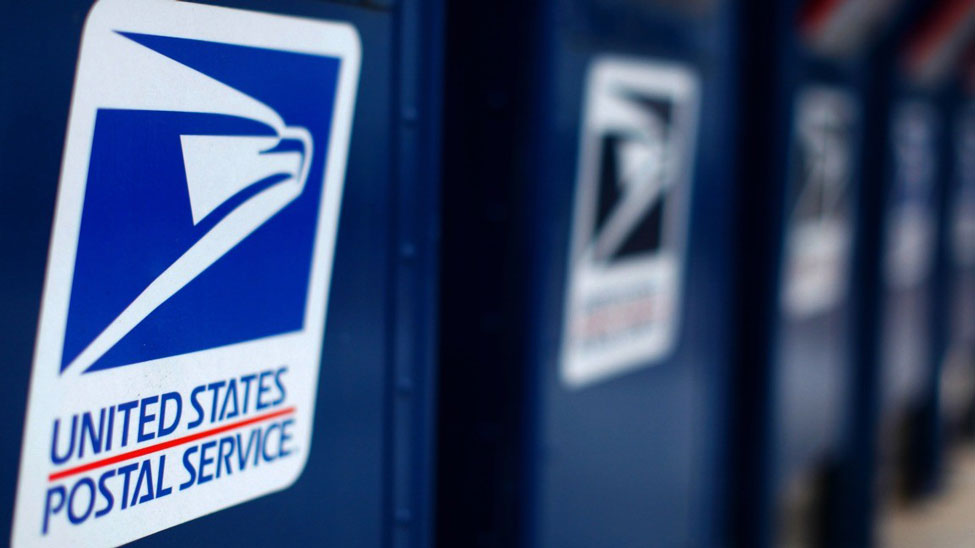
USPS: the reality remains that the Postal Service is in a financially unsustainable position

The U.S. Postal Service today reported its financial results for third quarter of its fiscal year 2020, (April 1, 2020 – June 30, 2020), as the COVID-19 pandemic continues to have an unpredictable impact on the economy and the Postal Service.
Quarantines, stay-at-home orders, and travel and logistics restrictions in connection with the outbreak have affected retail and commercial customers, as well as suppliers and mail service providers. The Postal Service relies on the sale of postal products and services to fund its operations and is significantly impacted by factors including, but not limited to, overall customer demand, the mix of postal services and contribution associated with those services, and the volume of mail and packages processed through its network.
As a result of the pandemic, and to a lesser extent, secular mail declines, the Postal Service’s sales from mail services, its largest sales category, continued to significantly decline during the third quarter. Meanwhile, the Postal Service’s sales from Shipping and Packages experienced substantial growth as a result of the surge in e-commerce driven by the COVID-19 pandemic, and we expect this surge to abate as the economy opens. However, the package volume increases drove substantial increases in workhour and operating expenses.
The ability to borrow an additional $10 billion under the CARES Act addresses the Postal Service’s near-term liquidity crisis but does not address the Postal Service’s broken business model. It merely postpones the impending liquidity crisis and the borrowings must be repaid in a period where cash shortages are forecasted.
In addition to increased labour costs to support this volume increase, transportation expenses were impacted as logistics restrictions and limitations associated with the pandemic led to fewer modes of available transportation, especially air transportation. Furthermore, the pandemic significantly increased the Postal Service’s expenses for supplies and services, such as personal protective equipment (PPE), and also increased paid sick leave, including new leave authorized by the Families First Coronavirus Response Act, enacted as Public Law 116-127 (FFCRA). The FFCRA provides the means for companies and other government entities to receive federal reimbursement for payment of this FFCRA leave, however, the Postal Service is not eligible for such reimbursement.
The Postal Service reported total revenue of $17.6 billion for the third quarter of fiscal 2020, an increase of $547 million, or 3.2 %, compared to the same period last year.
Compared to the same quarter last year, Marketing Mail revenue declined by $1.4 billion, or 37.2 %, on a volume decline of 6.4 billion pieces, or 36.4 %. First-Class Mail revenue decreased by $373 million, or 6.4 %, on a volume decline of 1.1 billion pieces, or 8.4 %. Secular declines in mail have continued to negatively affect mail revenue and volume, and those declines have been significantly exacerbated by the effects of the COVID-19 pandemic.
Meanwhile, Shipping and Packages revenue increased by $2.9 billion, or 53.6 %, on a volume increase of 708 million pieces, or 49.9 %, compared to the same quarter last year. In the near term, the Postal Service anticipates that these trends will continue given the surge in e-commerce as many Americans stay home due to the COVID-19 pandemic. The Postal Service has and will continue to serve its customers during this crisis through the delivery of medicine, essential consumer staples, benefits checks, and important information, but does not expect its package revenue growth over the medium to long term to make up for its losses in mail service revenue caused by COVID-19.
“Significant declines in our mail volumes as the result of the pandemic were largely offset by corresponding growth in our package business, but the reality remains that the Postal Service is in a financially unsustainable position absent significant fundamental change,” said Postmaster General and Chief Executive Officer Louis DeJoy. “As we work on a plan to ensure our future, we will continue to focus on efficiency and revenue growth opportunities while delivering vital services for the country, and our dedicated employees on the front line continue to provide trusted, safe and secure service. Despite our very significant challenges, I remain optimistic about the future of the Postal Service, but we need to get moving to effect change immediately.”
Total operating expenses were $19.8 billion for the quarter, an increase of $477 million, or 2.5 %, compared to the same quarter last year. Compensation and benefits expense increased by $632 million, or 5.5 %, primarily due to package growth, contractual wage increases and an increase in paid leave, including the newly authorized FFCRA leave. Retiree health and retirement benefits expenses increased by $172 million, or 19.7 %, and $233 million, or
15.8 %, respectively, driven by revised actuarial assumptions outside of management’s control. These increases were partially offset by a decline in workers’ compensation of $885 million due to an increase in interest rates, also outside of management’s control.
The net loss for the quarter was $2.2 billion compared to a net loss of $2.3 billion for the same quarter last year. The controllable loss for the quarter was $1.5 billion, compared to a controllable loss of $1.1 billion reported for the same quarter last year.
“The strong growth of our package volume in the third quarter was encouraging, but there is great uncertainty about whether that growth will be sustainable,” said Chief Financial Officer Joseph Corbett. “At the same time, First-Class Mail and Marketing Mail have seen deep volume declines associated with the pandemic, and that lost volume may never return, as was the case following the Great Recession of 2007-2009. We cannot let the recent growth of our package business mask our underlying business model problems, and we are redoubling our efforts to develop a plan to ensure our viability to provide universal service to all of America.”













